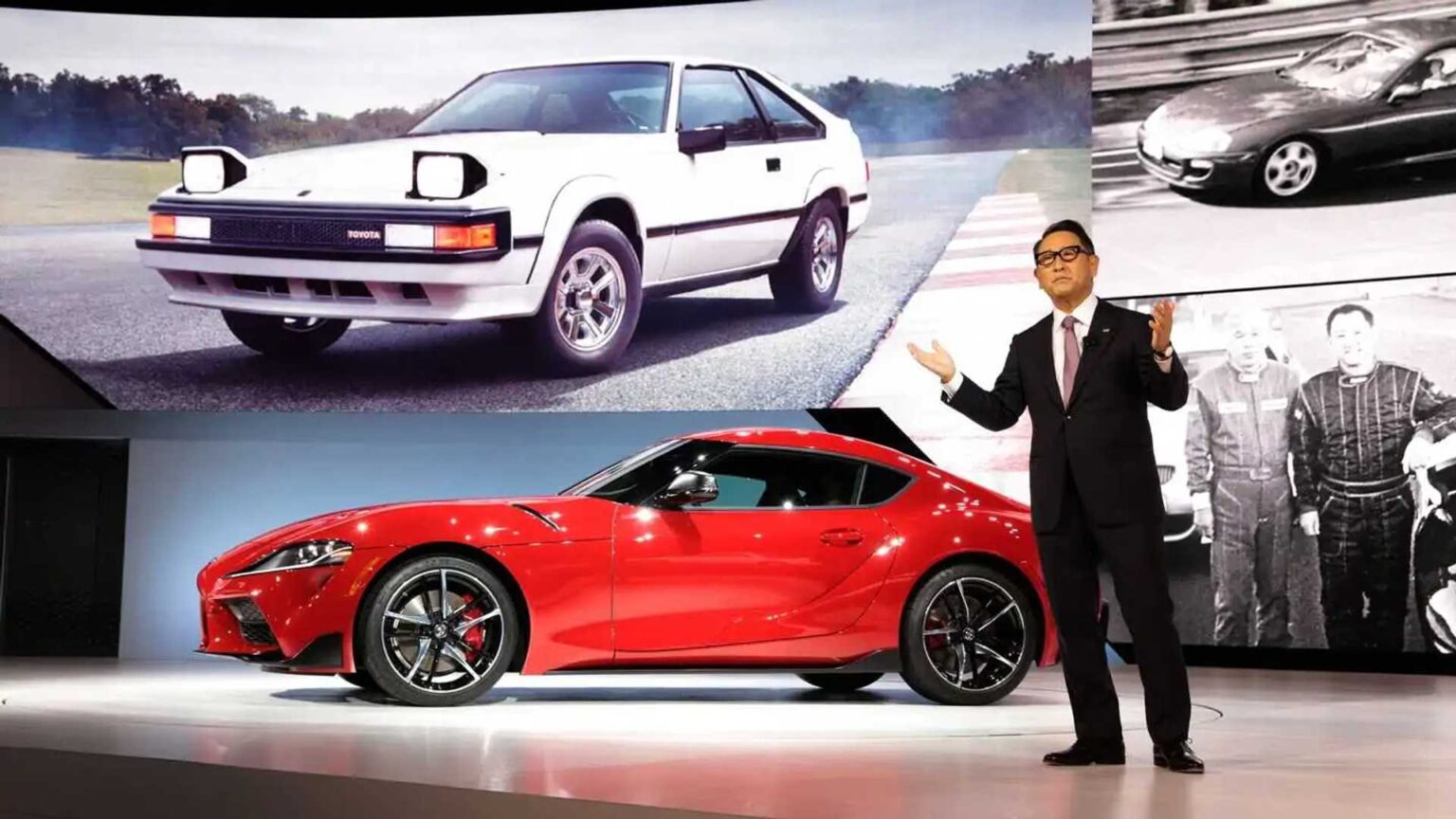Having joined Toyota in 1984, Akio Toyoda likely knows the ins and outs of the automotive industry better than anyone. As CEO for over a decade before stepping down in 2023 to become chairman of the board, he played a crucial role in Toyota’s rise to global dominance. In 2024, the Japanese company, founded by his grandfather Kiichiro, was the world’s largest automaker for the fifth consecutive year.
At 68, Toyoda is more than qualified to speak on what works and what doesn’t in the industry. In an interview with Automotive News, the veteran provided insight into the failed merger between Honda and Nissan. At the joint press conference held on December 23, 2024, which also included Mitsubishi, the parties involved didn’t mention what Toyoda believes is the most important: cars.
Photo by: Nissan
“At the press conference that followed, I was quite disappointed hearing what they talked about. Because they didn’t talk at all about the products.”
Instead, the memorandum of understanding between Nissan and Honda was filled with buzzwords like “synergies” and “business integration,” aiming to evolve Japan’s industrial base into a “leading global mobility company.” To be fair, the MoU did mention plans to standardize vehicle platforms and share models between the two automakers, but without any specific details.
Nissan has already addressed the absence of product talk during the press conference. Earlier this week, the company unveiled a comprehensive product roadmap, showcasing the fully electric new Leaf crossover and Micra while teasing several upcoming models. A new Sentra sedan and an expanded Infiniti lineup are on the horizon.
Circling back to the canceled Honda-Nissan merger, Toyoda also cast doubt on the benefits of the merger had the deal gone through:
“Do you know an example of where there was a consolidation of companies and they’ve made a big success for the competitiveness? Just having volume doesn’t necessarily mean that you’re strong. Short term, you may see some positive impacts. But long term, it can be quite difficult to come to a state where everyone says they’re glad they’ve combined.”
One of the biggest issues that caused the deal to fall through just two months after the announcement was Honda’s desire to turn Nissan into a subsidiary rather than creating a merger of equals.
One could argue that consolidating multiple brands largely worked out for its biggest rival, the Volkswagen Group. It’s still early days for Stellantis, but teething troubles are evident, especially following CEO Carlos Tavares’ sudden resignation. Toyota is no stranger to featuring multiple brands under its corporate umbrella, having turned Daihatsu into a wholly owned subsidiary in 2016. It also owns Lexus, which it founded in 1989. Moreover, commercial vehicle maker Hino became a Toyota subsidiary in 2001.
Additionally, Toyota has alliances with several domestic automakers. In 2024, it joined forces with Mazda and Subaru to develop more efficient and electrified combustion engines. The world’s largest automaker has a 20-percent share in Subaru, a 5.1-percent slice of Mazda, a 4.9-percent stake in Suzuki, and also owns 4.9 percent of Isuzu.
Toyoda points out that volume can be both a blessing and a curse. He should know, as Toyota sold 10,821,480 units in 2024, including deliveries from its Lexus, Daihatsu, and Hino subsidiaries. The company remained the undisputed leader despite a 3.7 percent decline compared to the previous year. However, managing production and sales at a scale of 10 million cars annually “becomes really troublesome.”
Read the full article here


